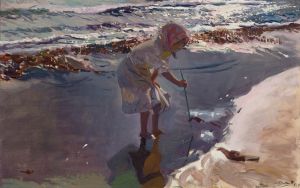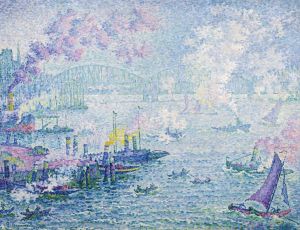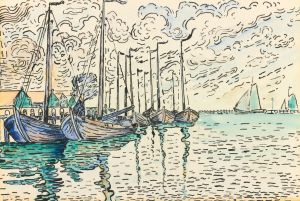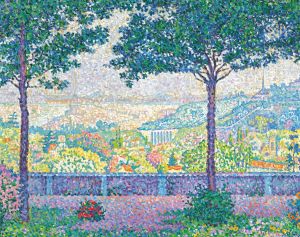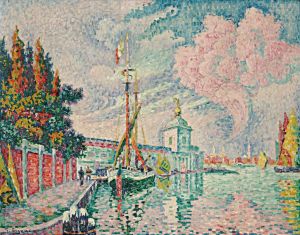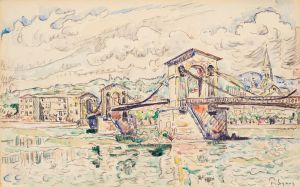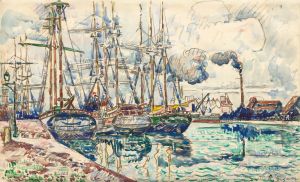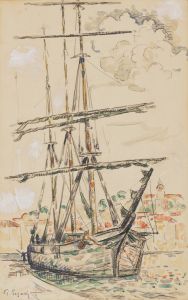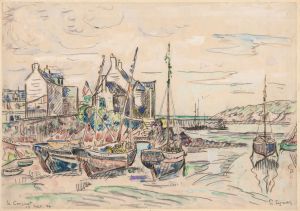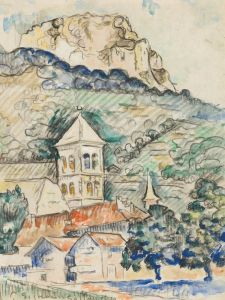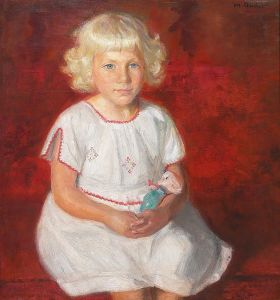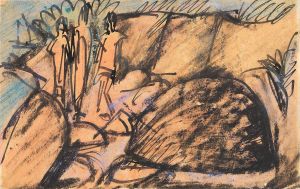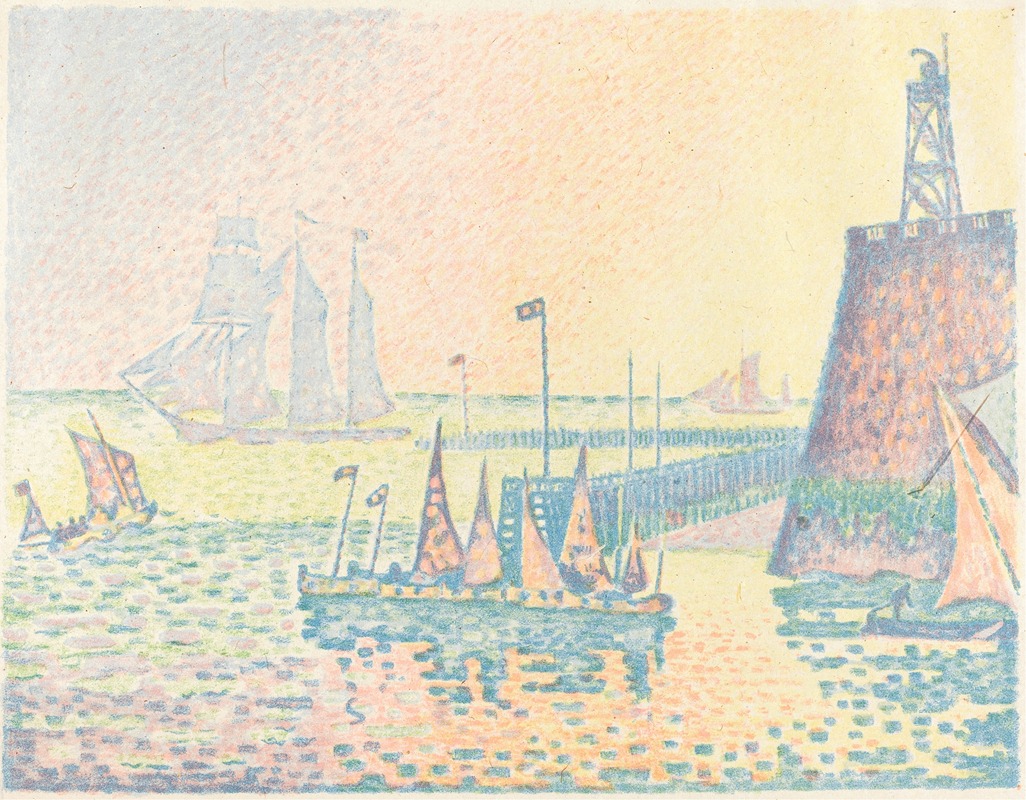
Evening
A hand-painted replica of Paul Signac’s masterpiece Evening, meticulously crafted by professional artists to capture the true essence of the original. Each piece is created with museum-quality canvas and rare mineral pigments, carefully painted by experienced artists with delicate brushstrokes and rich, layered colors to perfectly recreate the texture of the original artwork. Unlike machine-printed reproductions, this hand-painted version brings the painting to life, infused with the artist’s emotions and skill in every stroke. Whether for personal collection or home decoration, it instantly elevates the artistic atmosphere of any space.
Paul Signac's painting "Evening" is a notable work by the French Neo-Impressionist artist, who was a leading figure in the development of the Pointillist technique. Born in 1863, Signac was deeply influenced by the works of Georges Seurat, with whom he shared a commitment to the scientific approach to color and composition. Signac's "Evening" exemplifies his dedication to this technique, characterized by the meticulous application of small, distinct dots of color that blend in the viewer's eye to create a cohesive image.
Signac's approach to painting was heavily influenced by his interest in color theory and the optical effects of juxtaposed colors. This technique, known as Pointillism or Divisionism, was a radical departure from the traditional methods of blending pigments on a palette. Instead, Signac and his contemporaries applied pure colors directly onto the canvas in small dots or strokes. This method was intended to achieve greater luminosity and vibrancy in the artwork, as the colors would mix optically rather than physically.
"Evening" captures a serene and tranquil scene, likely depicting a landscape or seascape, as was common in Signac's oeuvre. His fascination with the play of light on water and the atmospheric effects of different times of day is evident in this work. The painting's composition would typically feature harmonious arrangements of color, with a focus on the interplay between light and shadow, creating a sense of depth and movement.
Signac's works often reflect his love for the sea and his experiences as an avid sailor. His travels along the French coast and his time spent in Mediterranean ports provided ample inspiration for his paintings. The themes of water, sky, and the changing effects of light are recurrent in his art, and "Evening" likely embodies these elements, capturing the quiet beauty of a specific moment in time.
Throughout his career, Signac was not only a prolific painter but also an influential theorist and writer. He authored several texts on the principles of Neo-Impressionism, advocating for the scientific approach to art and the use of color theory. His writings helped to disseminate the ideas of Pointillism and inspired a generation of artists to explore new techniques and approaches to painting.
Signac's contribution to the art world extends beyond his own works; he played a crucial role in promoting the careers of other artists and was an active member of various artistic societies. His commitment to innovation and his passion for exploring the possibilities of color and light have left a lasting impact on the art world.
While specific details about the painting "Evening" may not be extensively documented, it remains an important example of Signac's mastery of the Pointillist technique and his ability to capture the subtle nuances of light and atmosphere. Through his innovative approach, Signac has secured his place as a pivotal figure in the history of modern art, influencing countless artists and continuing to inspire admiration for his unique vision and technical skill.





